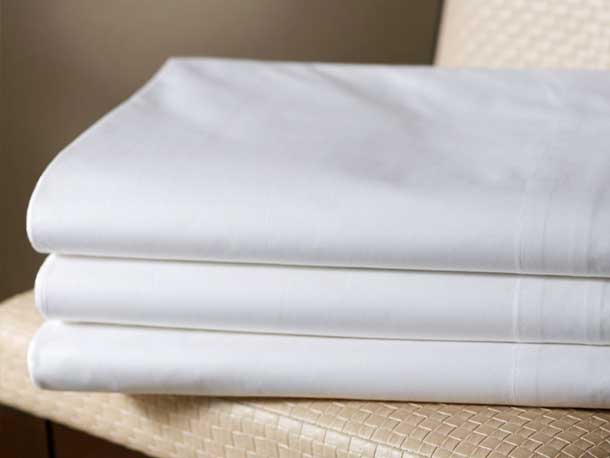Japan is home to about 127 million people, only inhabiting approximately 430 of its 6,852 islands. Its capital city, Tokyo is located on the Honshu Island, the largest of all the islands. Tokyo is a popular spot for its insistence on mixing the ultramodern with the traditional as is evident in its waterfront sushi bars and its historic temples and Imperial Castle.
The best times to travel to Japan are between March and May which mark the Spring season in the country, although travellers who might want to engage in Japan’s famous ski season might consider traveling between December and February instead. In Japan, the official language is Japanese, with over 7 different dialects of the language and the population is predominantly either Shinto or Buddhist with a few minorities in Islam and Christianity. The traditional foods of Japan are based on rice with miso (fermented soy) soup and an emphasis on seasonal ingredients like persimmon, sweet potatoes and the Pacific Saury. It is worthy of note that Japan has the most restaurants with Michelin stars in the world.
The most effective way to travel through Japan is the use of its Shinkansen (or bullet trains), one of the fastest trains in the world, although there are bus routes that connect the most remote places and tourist attractions. Travellers going to Japan generally need not worry about crimes like mugging or theft since Japan is considered to be one of the safest places in the world, ranking top ten in the Global Peace Index. Natural disasters like earthquakes, which Japan has become quite infamous for, also seem to be occurring less frequently in recent times with the last earthquake having been recorded in December 2012.
There are hundreds of interesting places to see in Japan, the most notable of which include:
- Mount Fuji: Japan’s most distinguished landmark, and highest mountain peak towering almost 4000 meters.
- Imperial Palace: Most famous spot in Tokyo, with 17th-century parks surrounded by moats and walls. Parts of it closed off to the public are still in use by the Imperial family.
- Hiroshima Memorial Park: Built to commemorate the many lives lost in the world’s first nuclear strike, the Hiroshima Park is a symbol of the lasting peace Hiroshima has since become.
- Osaka Castle: Built by famous warrior Toyotomi Hideyoshi in 1586, the Osaka castle covers about 60,000 square metres and stands five stories tall from the outside (eight on the inside) atop a stone foundation designed to protect its inhabitants from attackers.
Japan is such a culturally rich country that there is almost one festival or activity to partake in. An example is the Gion Matsuri Festival in Kyoto which takes place throughout the entire month of July. Other notable festivals include the Awa Odori festival in Tokushima taking place between 12th and 15th of August, the Yuki Matsuri in Sapporo which features gigantic snow sculptures in February and a host of others. Popular activities for tourists include visiting Tokyo’s Disneyland, the Japan Rail Pass, shopping in the massive train districts, and visiting the numerous themed parks scattered around Tokyo, one of which is VR-themed in Shinjuku.
One of the most fascinating things about Japan and its people is their love and appreciation of the Sakura blossom (Cherry blossom). The Cherry Blossoms only bloom for about a week in Japan and naturally, the country prides itself on knowing when precisely the little pink flowers will first come to life. It is quite commonplace for TV screens to track where the flowers will first come to life and where they will be seen next.
Staying in Japan can either be extremely frugal with tourists having the option of staying in hostels and dorms for between $12 and $25 per person or on the other side of the spectrum with lodging costing about $70 per person in business hotels.

